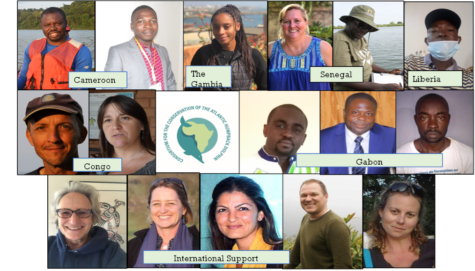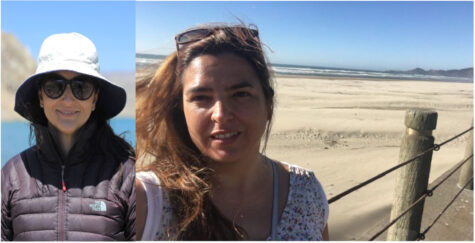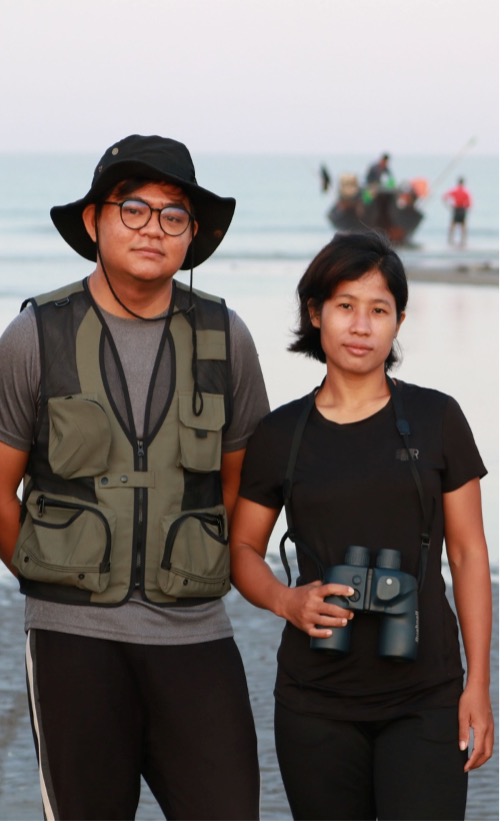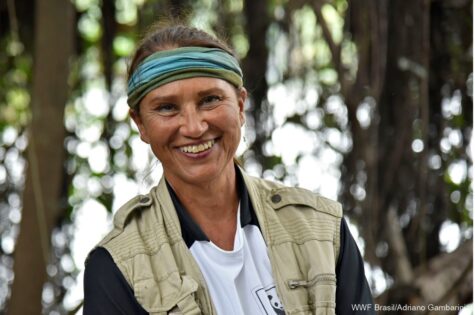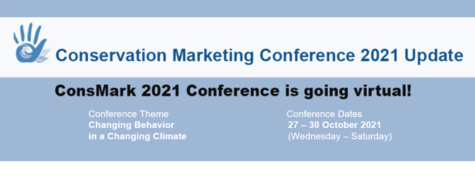Open Letter
To Mr. Akkenzhenov Ye.K., Minister of Energy of the Republic of Kazakhstan,
and Others engaged in the dredging of a shipping channel across the Ural Saddle area in the northeast Caspian in relation to development of the Kalamkas-Sea-Khazar oil field
Dear Mr. Yerlan Kudaibergenovich,
The Society for Marine Mammalogy (SMM), founded in 1981, is a non-profit international organization with the mission of promoting the global advancement of marine mammal science and contributing to its relevance and impact on education, conservation and management. The SMM comprises more than 2000 members from 56 countries (including Russia and Kazakhstan) and has in its membership many of the world’s leading experts on marine mammals. The SMM’s primary goal is to advance understanding of and promote conservation of marine mammals and their ecosystems.
This letter is to inform you of the view of the SMM on the critical need for Kazakhstan Authorities, and relevant local and international businesses and experts, to ensure the survival and recovery of Caspian seals, a major and symbolic component of the Caspian Sea’s biodiversity.
The Caspian seal was listed as Endangered by the International Union for Conservation of Nature (IUCN) in 2008 (updated in 2016), and is included in the national Red Books of all five Caspian countries (categorizing it as Rare, Endangered – in Kazakhstan, Azerbaijan, Iran, Russia, and Critically Endangered – in Turkmenistan), which is clear acknowledgment that the species is threatened and at risk of extinction. The full IUCN Red List assessment can be read here. Kazakhstan is also a party to the Convention on the Conservation of Migratory Species of Wild Animals (CMS), and Caspian Seals are listed in Appendix I of this convention (meaning that a state whose territory includes the range of a listed species is obliged to afford it strict protection, conserving and restoring habitat, mitigating obstacles to migration and controlling other factors that might endanger it).
Proposals for a major new dredging project in key Caspian seal habitat have been brought to our attention. LLP “Kalamkas – Khazar Operating” (KKO) has expressed an intent to dredge a shipping channel across the Ural Saddle in the northeast Caspian Sea (during April to November, 2026-2027, and April to July, 2028-2029) to support development of the Kalamkas-Sea and Khazar oil fields. The planned dredging has significant implications for Caspian seal breeding, migration, and foraging, including destruction of habitat, and disturbance and displacement of seals and their prey. The project runs counter to the actions called for in The Caspian Seal Conservation Action Plan ratified by the Caspian countries under the Caspian Environment Programme in 2007, relevant to protecting areas needed to ensure the seals can adapt to climate change, as well as the Kazakhstan government’s own national aspiration for prioritising Caspian seal conservation.
The proposed project will directly affect areas recognised as important internationally, including the Caspian seal Breeding EBSA (Ecologically or Biologically Significant Marine Areas, designated under the Convention on Biological Diversity), and the Caspian Seal Breeding Area, and Caspian Seal Transitory Migration and Feeding Area Important Marine Mammal Areas (IMMAs), identified by the IUCN Joint SSC-WCPA Marine Mammal Protected Areas Task Force. Kazakhstan also has a responsibility to protect Caspian seal migration routes under the CMS. Further, the dredging project area is adjacent to the Tyulen’i Islands archipelago, which is part of the Caspian Seal Moulting and Haul Out Areas IMMA, and the State Nature Reserve “Kaspij itbalygy”. The effectiveness of this new protected area is potentially placed at risk.
The SMM has reviewed the Environmental Impact Assessment (EIA) for this project and noted that it only covers the dredging work, but not the construction, production, and transport phases. The dredging and island/platform construction will take place in core Caspian seal breeding habitat and encroach on foraging areas and migration routes. The EIA does not adequately address potential impacts on seal breeding habitat, or on other aspects of habitat use by the seals. Our SMM Conservation Committee also noted the lack of standard methodology and use of scientific data, and that much of the relevant literature has not been cited in the EIA. We ask you to recognise that the impacts on breeding areas arise from the creation of new structures, and the vessel traffic including ship traffic using the channel during the ice period.
Further, the artificial island/platform construction and associated vessel traffic during construction and production will result in a major increase in human impacts in a sensitive and already highly impacted environment. For instance, during the Kalamkas-Sea-Khazar production phase, icebreaker transits through seal breeding areas will increase, causing additional disturbance to the seals to those already arising from vessels servicing the Kashagan field. Vessel transits close to breeding seals have been shown to increase the risk of mother-pup displacement and separation, potentially leading to higher pup mortality. Reducing water levels will constrain vessel navigation options, making it harder to implement vessel avoidance of breeding seals and other mitigation measures.
Finally, given the drastic ongoing decline in Caspian Sea water level, the area under consideration for the dredging project, which is where remaining sea ice is likely to concentrate, will become increasingly critical to the seals as their distribution shifts. Caspian seals give birth between mid-January and early March on ice in the northern Caspian Sea. Research has shown that a 5-meter reduction in water level (relative to the -27.5 m 2010 datum coastline) would reduce the area of this habitat by as much as 81% – putting major additional stress on the seal population, which has already declined. The area proposed for further development is vital for the Caspian seal’s resilience and ability to adapt to future sea level declines. If the proposed dredging, construction and production takes place, it will likely cause irreparable damage to Caspian seal habitat at a time when this unique seal is already struggling to survive climate change-related pressures.
In conclusion, on behalf of the SMM, I strongly urge the Kazakhstan Government to consider all available information before proceeding with any of the proposed activities and implement measures that offset the damage caused to the Caspian seal population and habitat.
We provide a list below of important resources that give context to the substance of this letter and which were not referenced in the EIA document.
Respectfully,
Dr. Jeremy J. Kiszka, President of
the Society for Marine Mammalogy
Attachment to Open Letter dated 22 September 2025
Приложение к Открытому письму от 22 сентября 2025 г.
1. Rapid decline of Caspian Sea level threatens ecosystem integrity, biodiversity protection, and
human infrastructure
https://www.nature.com/articles/s43247-025-02212-5
2. Assessment of impacts and potential mitigation for icebreaking vessels transiting pupping
areas of an ice-breeding seal
https://www.sciencedirect.com/science/article/pii/S0006320717301672
3.Individual variation in seasonal movements and foraging strategies of a land-locked, ice-
breeding pinniped
https://www.int-res.com/articles/meps_oa/m554p241.pdf
4.Breeding behavior and pup development of the Caspian seal, Pusa caspica
https://academic.oup.com/jmammal/article/98/1/143/2525933
5.Caspian Seal Important Marine Mammal Areas
https://www.marinemammalhabitat.org/factsheets/caspian-seal-transitory-migration-and-feeding-area-imma/
https://www.marinemammalhabitat.org/factsheets/caspian-seal-breeding-area-imma/
https://www.marinemammalhabitat.org/factsheets/caspian-seal-moulting-and-haul-out-areas-imma/
6. CBD Secretariat of the Convention on Biological Diversity. Report of the regional workshop to
facilitate the description of Ecologically or Biologically Significant Marine Areas in the Black
Sea and Caspian Sea.
https://www.cbd.int/ebsa/ (2018).
7. IUCN-MMPATF. Global Dataset of Important Marine Mammal Areas (IUCN-IMMA). October
2022. Made available under agreement on terms and conditions of use by the IUCN Joint
SSC/WCPA Marine Mammal Protected Areas Task Force and accessible via the IMMA e-Atlas.
https://www.marinemammalhabitat.org/imma-eatlas (2022)
